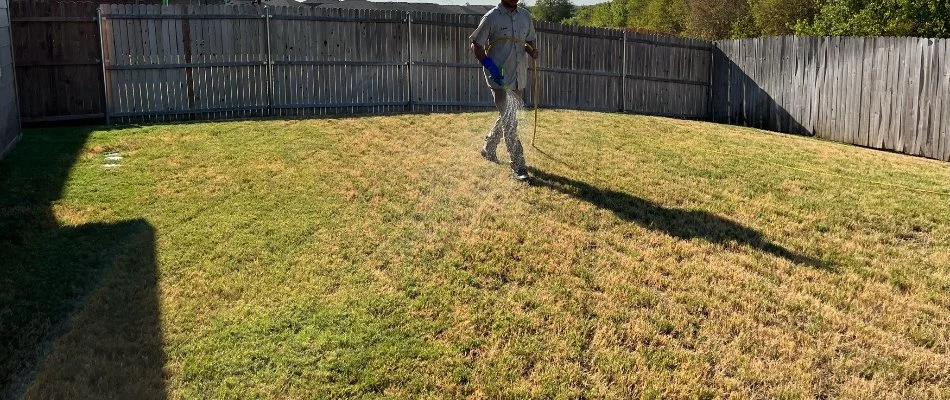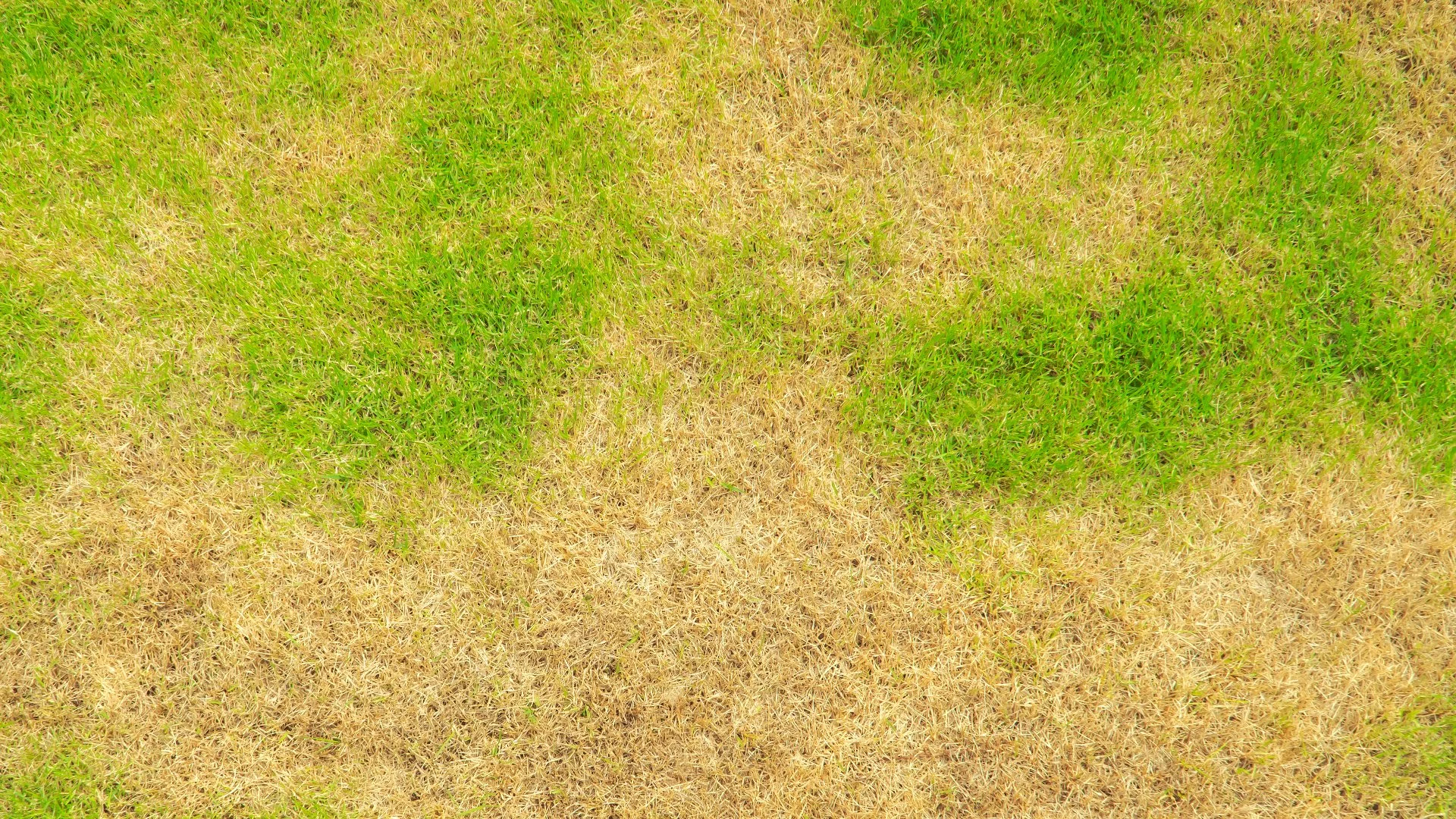It's never fun to discover that your lawn has succumbed to a lawn disease. Unfortunately, take-all root rot is one of the most prominent fungal infections in Texas that targets the roots of your grass and causes extensive damage. This lawn disease affects warm-season lawns and is caused by a fungus that survives in the soil and thatch layer. When it plagues your turf, take-all root rot will make its roots rotten and black and result in irregular, brown patches. The fungus becomes active when your lawn comes out of winter dormancy and thrives in warm, wet conditions and compacted soil with poor drainage. If this disease affects your turf, you want to hire pros to diagnose and eliminate it with a curative treatment.
What is take-all root rot, and how does it damage your lawn?
Take-all root rot is a lawn disease that commonly affects warm-season lawns in Texas, like St. Augustine and bermudagrass. It is caused by a fungus that survives in the soil and the thatch layer. Because of where the fungus is found, this disease primarily targets the roots of your grass. When your lawn emerges from winter dormancy, it can become active and start showcasing symptoms.
When your lawn is infected with take-all root rot, the grass blades will become yellow before turning brown and wilting as it progresses. Your lawn will also thin out, and the irregular patches of discolored grass can reach up to 20 feet in diameter. When you inspect your turf closely and look at the roots, you'll discover they are short, rotten, and black.
What conditions does take-all root rot thrive in?
The fungus that causes take-all root rot starts to become active in the spring, but it can affect your grass throughout the growing season. Wet conditions and warm temperatures are ideal for this lawn disease to thrive. That's why it can be highly problematic between spring and early summer. Stress can also trigger this lawn disease. Here are some other stressors that make your lawn more susceptible to take-all root rot:
- Soil compaction
- Poor drainage
- Drought stress
- Overwatering or watering at night
- Improper mowing practices
- Thick thatch
- Poor fertilization
What to Do if Your Grass Is Infected With Take-All Root Rot

If your grass is showing signs of take-all root rot, your first action should be to call professionals. This lawn disease can make your lawn patchy, but the real damage can be seen at its roots. When you hire professionals, they will inspect your lawn closely and confirm the take-all root rot diagnosis. This way, they can create the appropriate care plan for your lawn. Pros will administer a curative lawn disease control treatment to eliminate the take-all root rot infection from your grass. They can also provide expert advice on how to prevent the same disease from taking over your turf again.
Call us today to sign up for our take-all root rot control service!
Here at Buffalo Outdoor, we offer a take-all root rot control service to residential properties in Keller, Aledo, Saginaw, TX, and nearby areas. When you sign up for this service, we'll apply our curative treatment to stop take-all root rot in its tracks and keep it from causing more damage to your lawn. We will also create a recovery plan consisting of lawn care services like fertilization and weed control to help it recuperate from the stress. Give us a call today at (817) 349-0580 to sign up for our take-all root rot control service.



Comments (0)
Thanks for your comment!
Thanks for your feedback! Your comments have been successfully submitted! Please note, all comments require admin approval prior to display.
Error submitting comment!
There is a problem with your comment, please see below and try again.